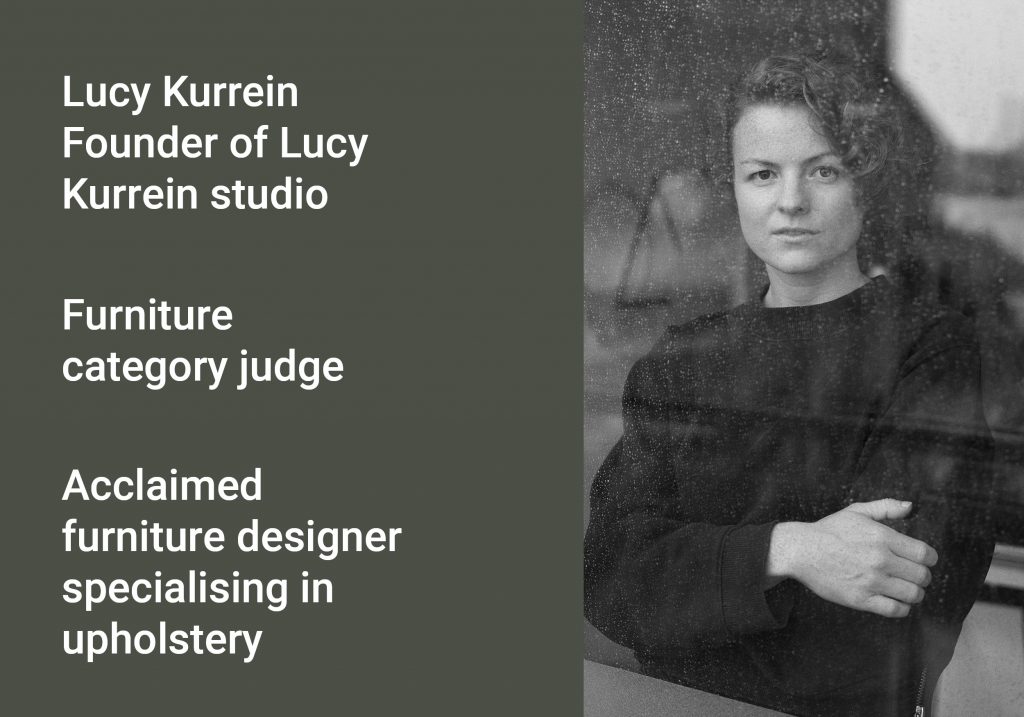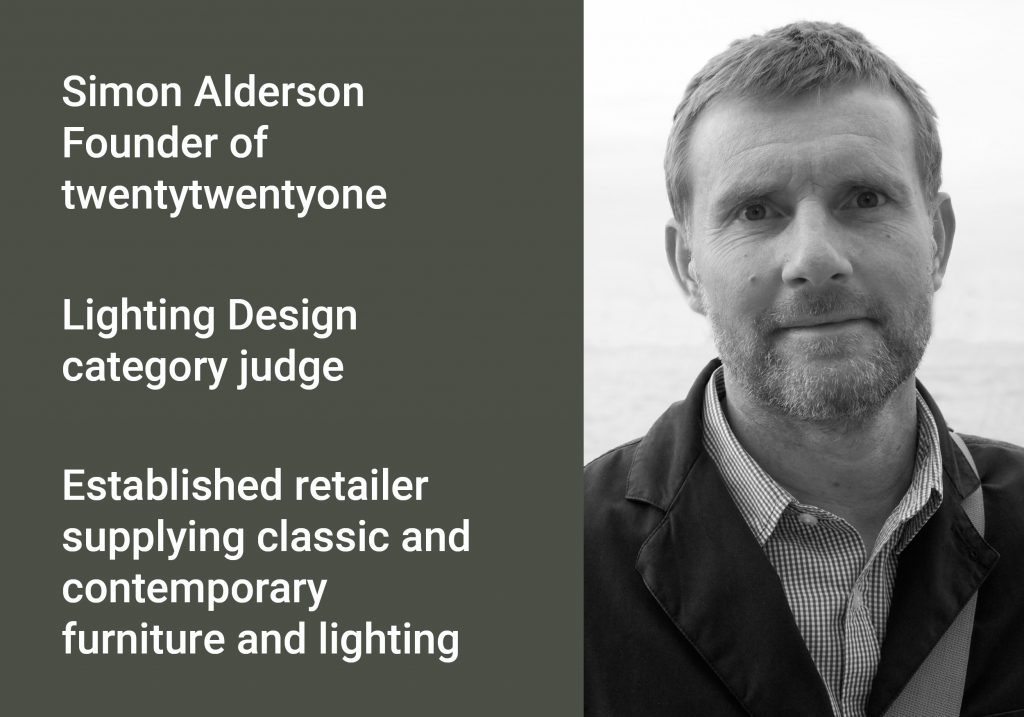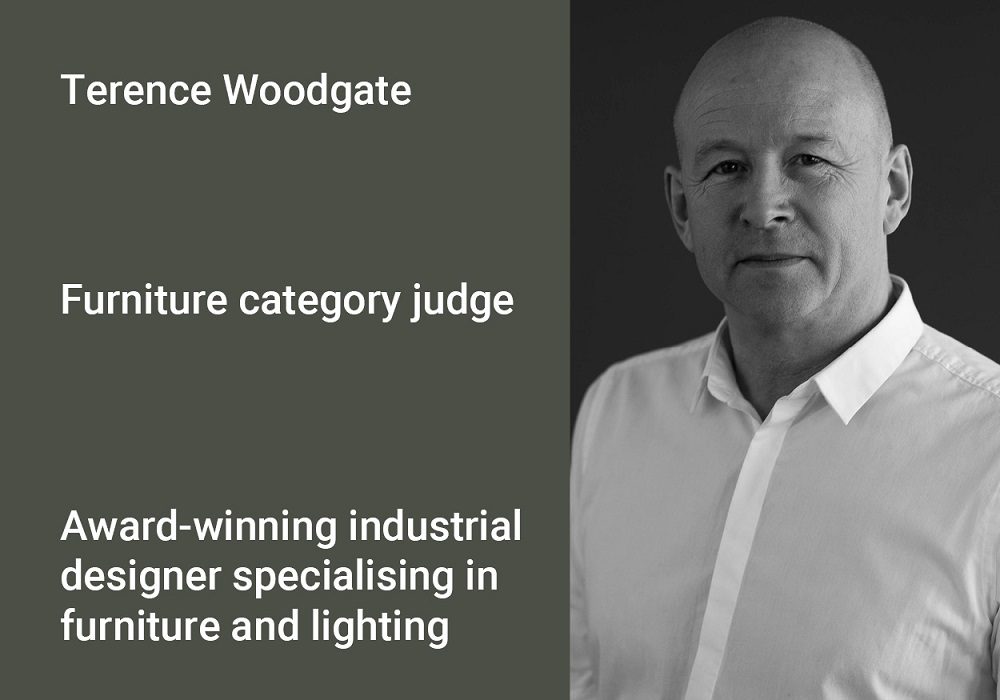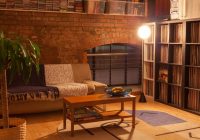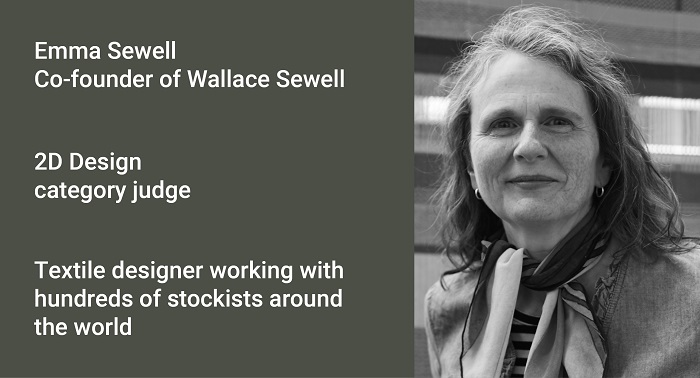
We’re very excited as Emma Sewell will be joining the 2D Design (textiles, wall coverings, surfaces, carpets and floor coverings) judging panel in 2022.
Emma is a textile designer and in 1992, established Wallace Sewell, a UK-based design studio, with Harriet Wallace-Jones, after graduating from the Royal College of Art.
Combining innovation with practical solutions, Wallace Sewell are known for their use of colour and woven structure in surprising geometric formats, creating individual contemporary fabrics, which are sold as products, to over 400 stockists in 25 countries.
Wallace Sewell strive to unite craft and manufacturing, embracing traditional techniques and are proud to have always made in the UK, embracing the British Textile Industry for its wealth of expertise and production excellence.
Over the years they have built up a diverse portfolio of client projects, designing and producing for international brands, boutique hotels, museums and stadiums, along with creating the many of the recent upholstery designs for Transport for London. Working from London and Dorset, the progressive studio pioneers excellence and originality within their woven products.
We caught up with Emma to ask her some questions we ask all our judges.
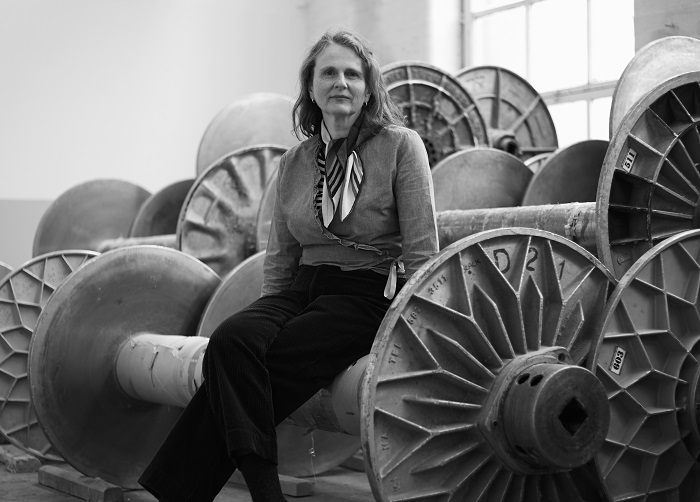
What first turned you on to a career in the design world?
I grew up in a very art and design centred family, with architects for parents, and was fascinated by design, considering whether in my opinion, a piece of design did or didn’t work.
I always knew I was destined to go onto art school, initially wanting to study Fine Art, being attracted to the concept of studying colour and composition in the abstract, yet ended up studying textiles, at Central School of Art.
There, I initially couldn’t decide between print, knit or weave as a pathway, but became hooked by the structural component of woven design, and focussed on this for the rest of my studies, at both Central, and afterwards the Royal College of Art.
Can you sum up in a few words what design excellence means to you?
Pushing the boundaries of a discipline, coupled with rigorous consideration that all elements of a design are balanced.
What do you enjoy most about the Design Guild Mark judging process?
CAD, as, though it allows one to create designs that would be impossible in an analogue world, it can also make a designer lazy, allowing the computer program to make decisions.
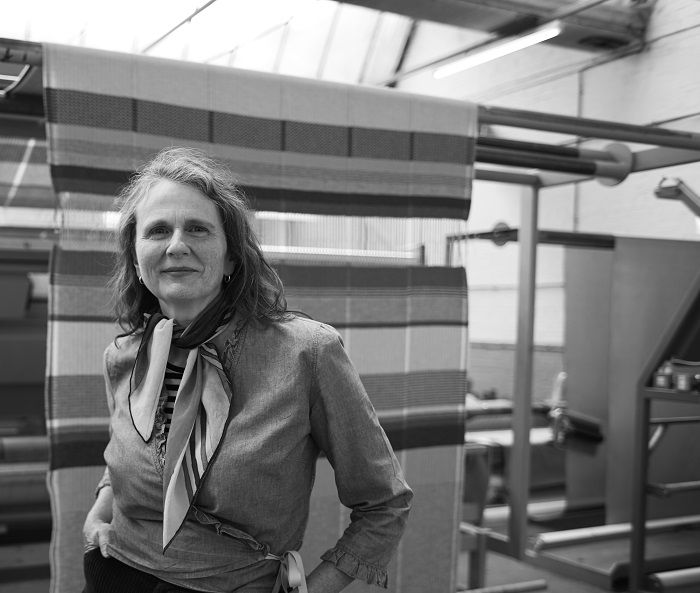
What are you hoping to see from the 2022 Design Guild Mark applications?
Pieces with longevity, that are individual, with a fresh and unique aesthetic, exploring the possibilities of their chosen discipline.
What tip would you give a designer coming in to present at the judging day?
Present pieces that you are passionate about. Understand and articulate the concept and process of their creation.
What is the future of design?
Hopefully to address the challenges of our current world, while continuing its cultural journey, bringing pleasure, stimulation and thoughtfulness to society.


